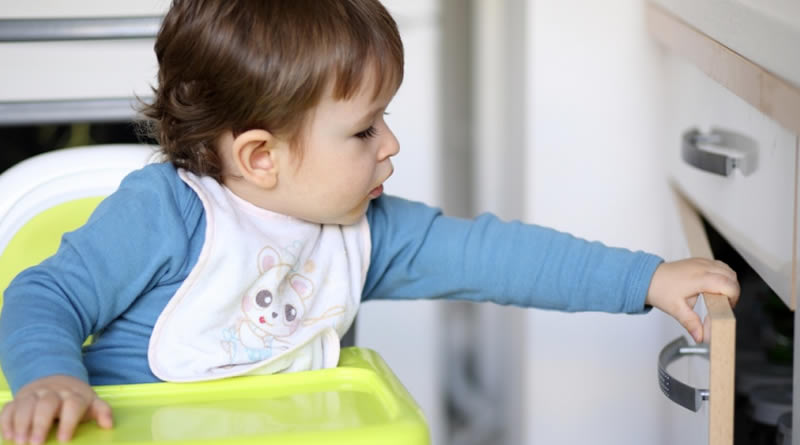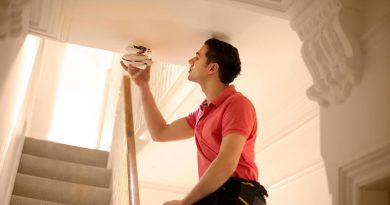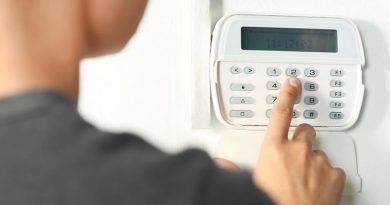Ensuring Child Safety at Home: Tips and Best Practices
As parents, the safety and well-being of our children are of utmost importance. Creating a secure environment at home is crucial to protect our little ones from potential hazards and accidents. In this article, we will explore effective strategies and best practices for ensuring child safety at home.
Childproofing the Living Areas
The living areas of our homes are where children spend a significant amount of their time. It is essential to childproof these spaces to minimize the risk of accidents. Here are some key considerations:
- Secure Furniture and Appliances: Anchor heavy furniture, such as bookshelves and televisions, to the wall to prevent tipping accidents. Use furniture straps or brackets for added stability. Keep appliances, such as TVs and microwaves, out of reach or secure them with childproof locks.
- Cover Electrical Outlets: Install outlet covers or safety caps on all electrical outlets to prevent children from inserting objects into them. This simple step can significantly reduce the risk of electrical accidents.
- Use Safety Gates: Install safety gates at the top and bottom of staircases to prevent falls. Safety gates are also useful for blocking off areas that may pose hazards, such as kitchens or rooms with delicate items.
Kitchen Safety Measures
The kitchen is another area that requires special attention when it comes to child safety. Here are some essential measures to implement:
- Keep Hazardous Items Secure: Store sharp objects, cleaning products, and other potentially hazardous materials in locked cabinets or high shelves that are out of reach for children. This will prevent accidental injuries or poisoning incidents.
- Use Stove Guards and Oven Locks: Install stove guards to prevent children from touching hot surfaces or reaching for hot pots and pans. Oven locks are also essential to prevent access to the oven when it’s in use or still hot.
- Supervise While Cooking: Never leave young children unattended in the kitchen, especially when cooking on the stove or using other heat sources. Accidents can happen quickly, so maintaining constant supervision is crucial.
Bedroom and Sleeping Area Safety
Ensuring a safe sleeping environment is vital for your child’s well-being. Consider the following precautions:
- Safe Sleeping Surfaces: Provide a firm and properly fitted mattress in a crib or bed for your child. Avoid using pillows, blankets, or stuffed animals in the crib, as they can pose suffocation hazards for infants.
- Secure Window Areas: Install window guards or window stops to prevent falls from open windows. Ensure that blinds or curtain cords are kept out of reach, as they can be a strangulation risk.
- Nighttime Safety Measures: Consider using nightlights in hallways and bedrooms to provide a dim light that can help prevent falls and make nighttime visits to the bathroom safer.
By implementing these child safety measures, you can create a secure home environment for your children. Remember, vigilance and regular safety assessments are essential. Stay informed about the latest safety recommendations and adapt your home accordingly to ensure the well-being of your little ones.
Note: This is a sample article that follows the given format and guidelines. It is not an actual complete article on the topic.




